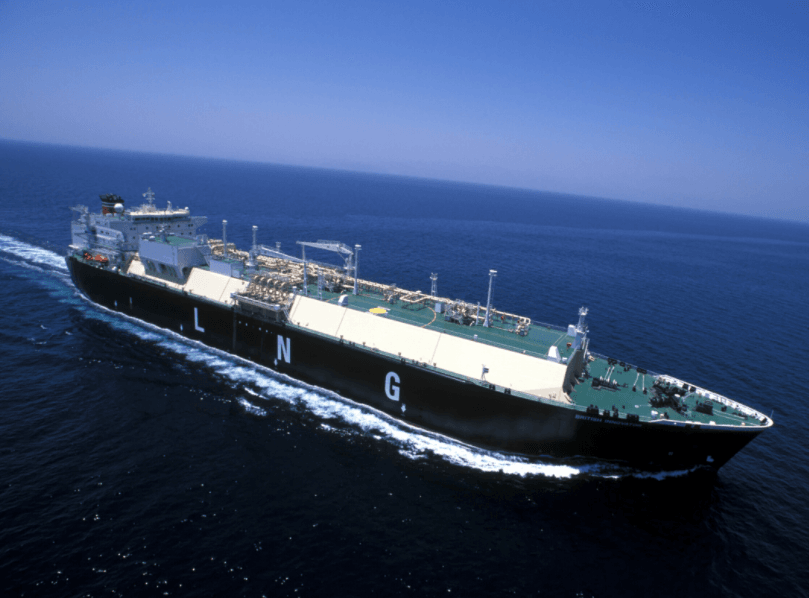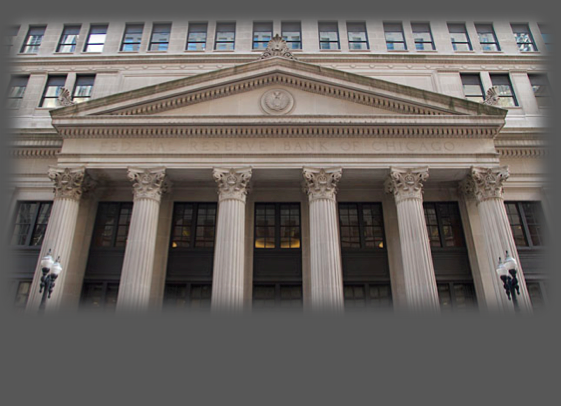US durable goods orders rose more than forecast last month, but investment fell for a seventh straight month, a sign businesses were still concerned about the economic outlook.
Durable goods orders increased 4% in March, following a drop of 1.4% in February, the Department of Commerce said on Friday. The increase was the biggest in eight months and well above estimates calling for a 0.9% gain. Compared to March 2014, durable goods orders were up just 0.1%.
Durable goods orders are used to measure demand for products meant to last three years or more, such as cars, refrigerators and industrial equipment.
Last month’s gains were led by growing demand for commercial aircraft. Orders For commercial aircraft surged 30.6% in March, more than offsetting the previous month’s 2.2% drop. The overall transportation category rose 13.5% last month. Outside this category, orders declined. Durable goods orders excluding aircraft fell 0.2%, a sixth consecutive drop, official data showed.
Business investment plans also dropped in March, a sign businesses were less confident about the economic outlook. Core durable goods orders excluding aircraft fell 0.5%. Investment plans declined 2.2% in February, the biggest drop since July 2013.
Shipments of core capital goods, which is used in the calculation of gross domestic product, declined 0.4%, clouding an already negative outlook on first quarter growth.
The Department of Commerce will product official GDP figures next week. The US economy is believed to have stagnated in the first quarter, mirroring last year’s disappointing start. According to most economists, GDP probably increased around 1% to 1.5% annually in the first quarter, although others expect growth to be much lower than that.
The US economy expanded just 2.2% annually in the fourth quarter. Growth is expected to pick up in the remainder of the year, averaging around 3 percent in all of 2015.
Friday’s figures suggest that US companies were facing several obstacles, including weak energy prices, a volatile global economy and severe winter weather. Oil prices have rebounded this month, but remain well below where they were eight months ago. This has caused energy companies to lay off workers and scale back investment plans.
Tradersdna is a leading digital and social media platform for traders and investors. Tradersdna offers premiere resources for trading and investing education, digital resources for personal finance, market analysis and free trading guides. More about TradersDNA Features: What Does It Take to Become an Aggressive Trader? | Everything You Need to Know About White Label Trading Software | Advantages of Automated Forex Trading












































